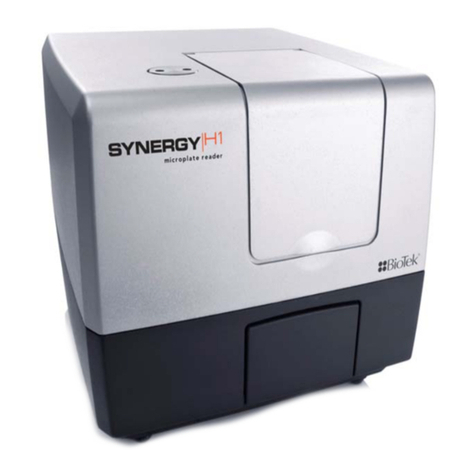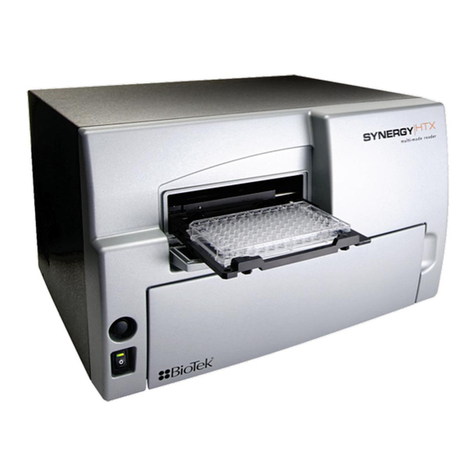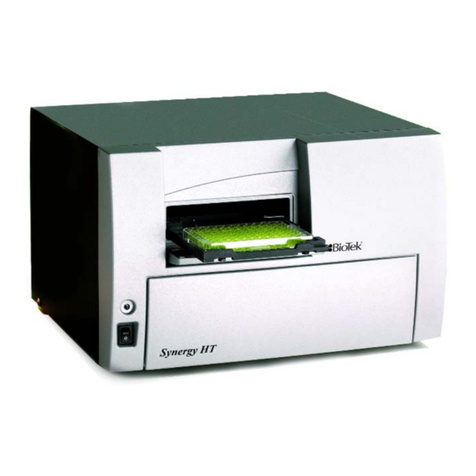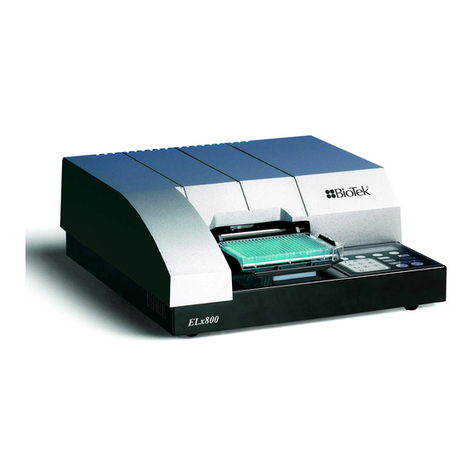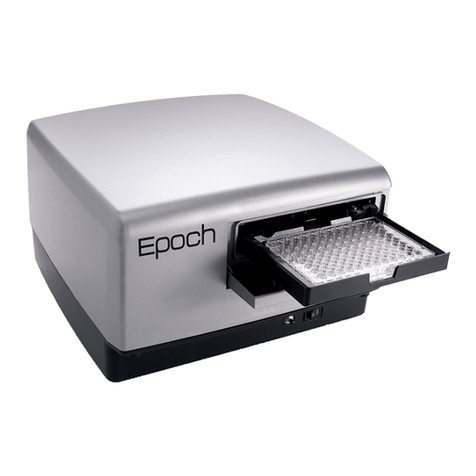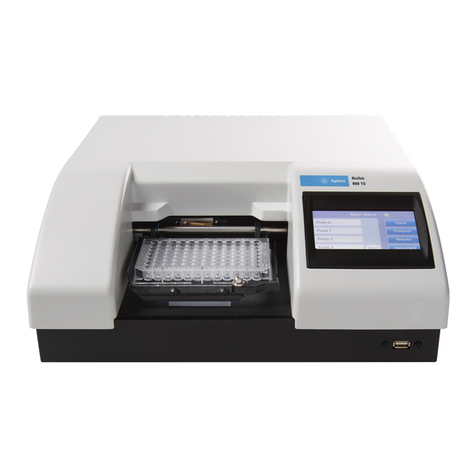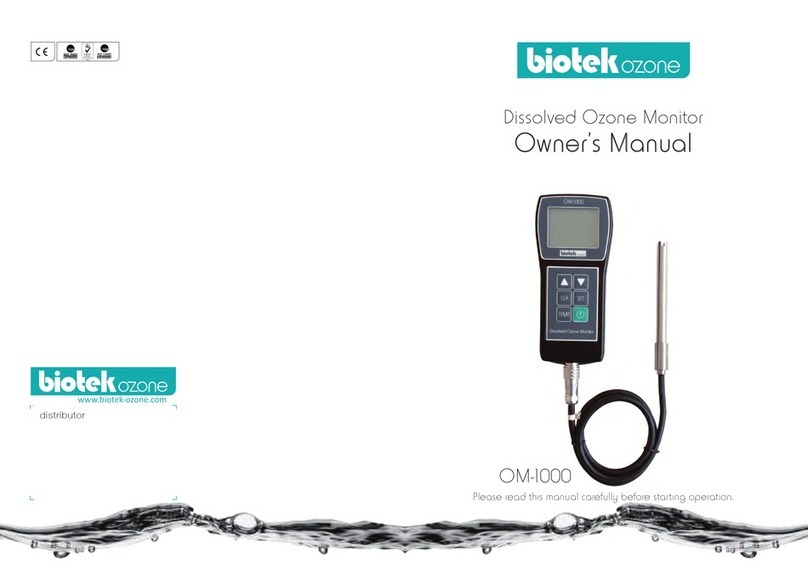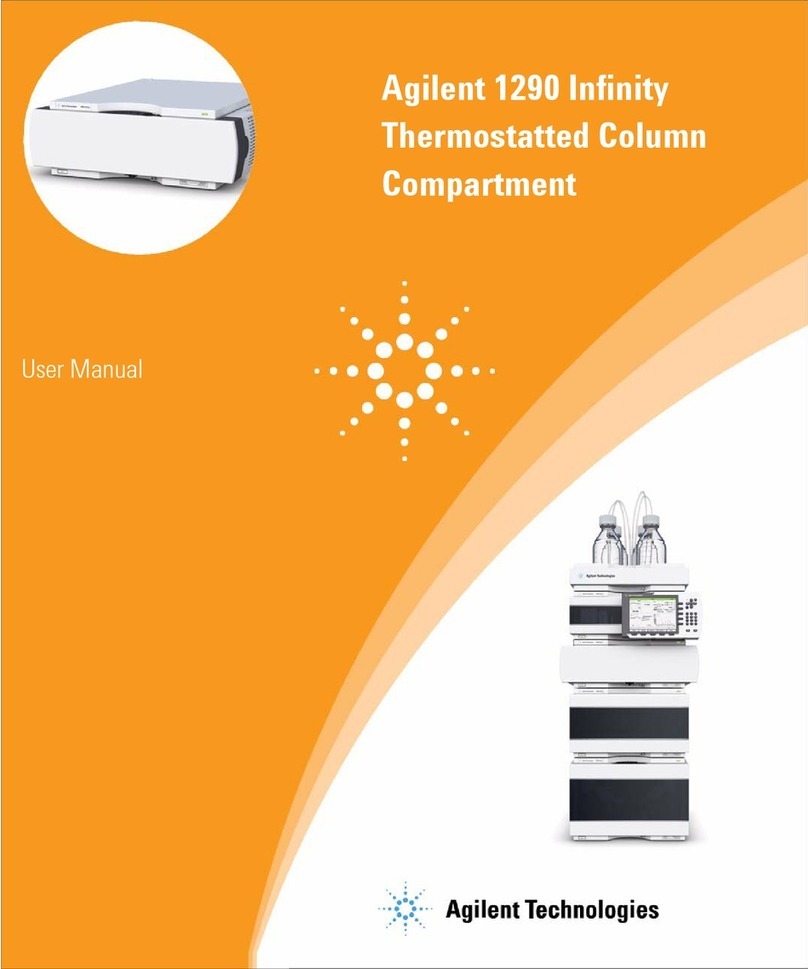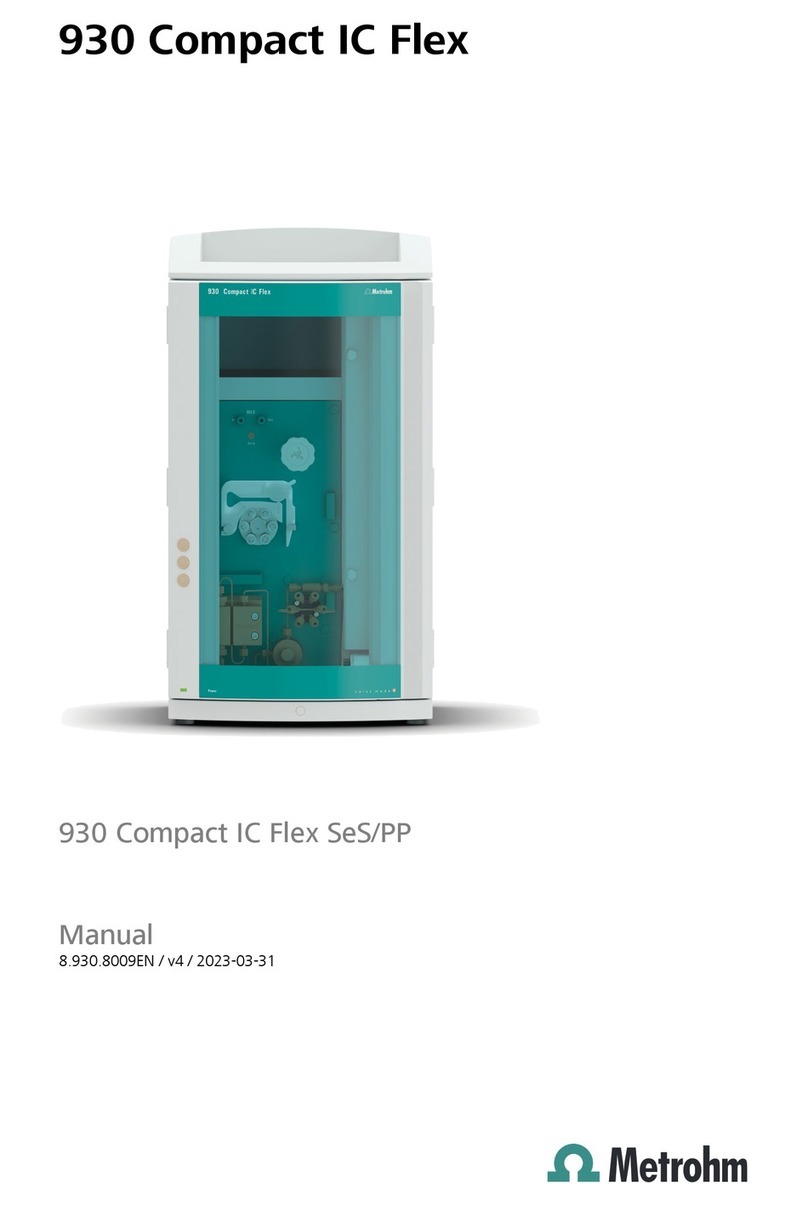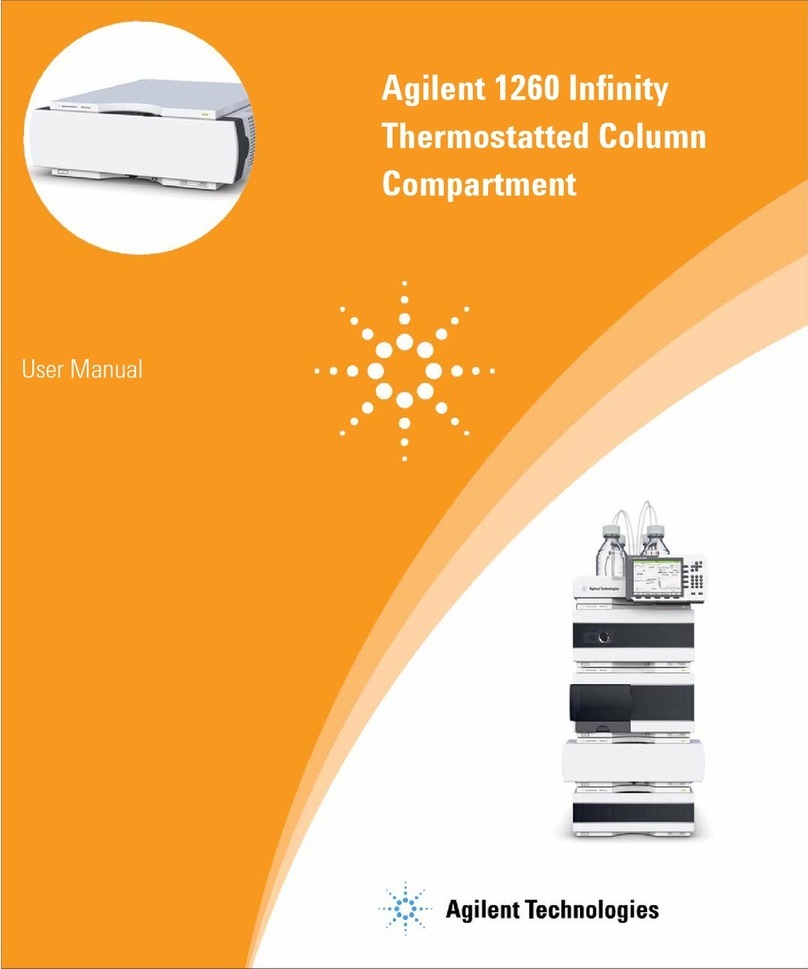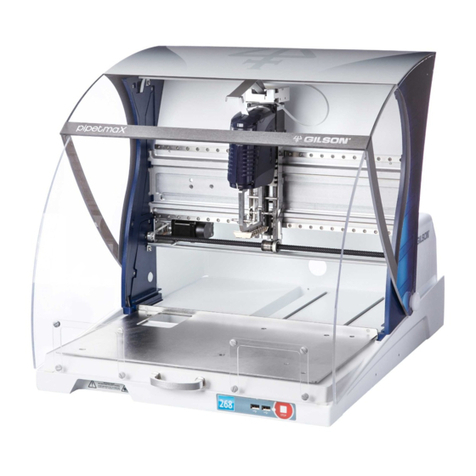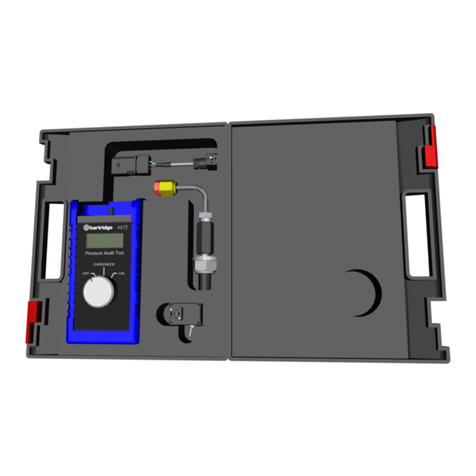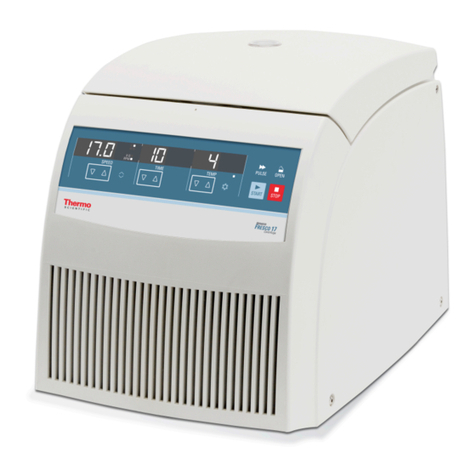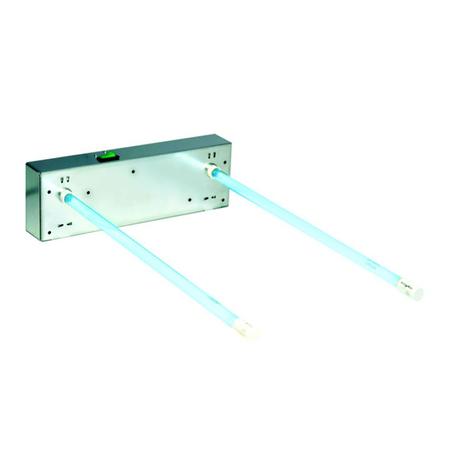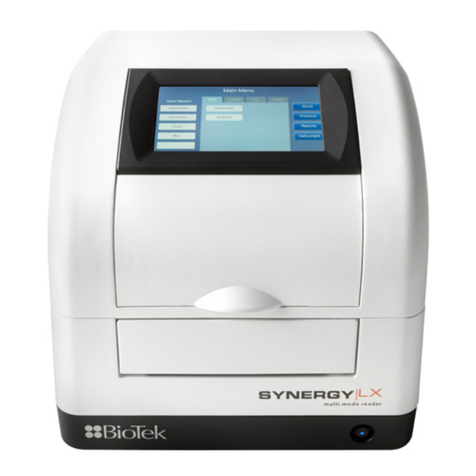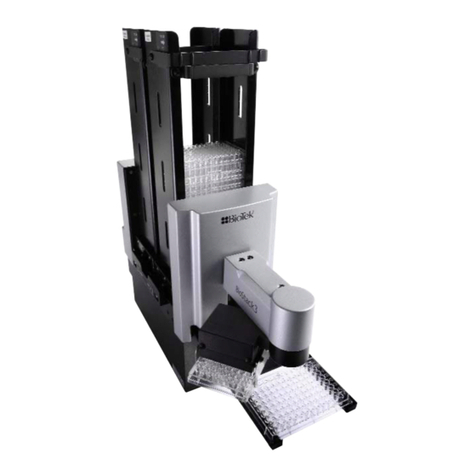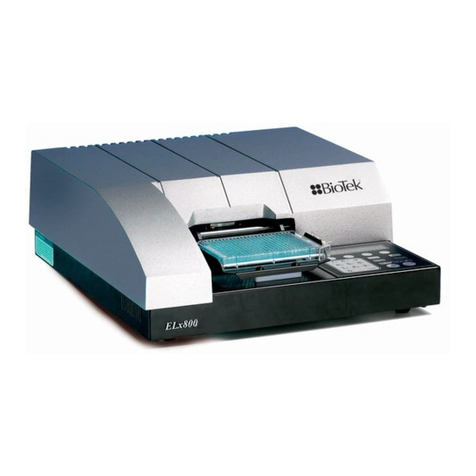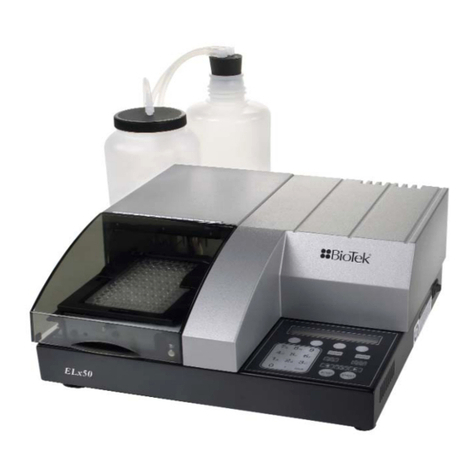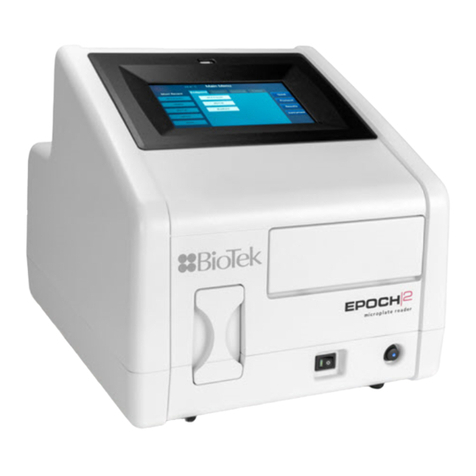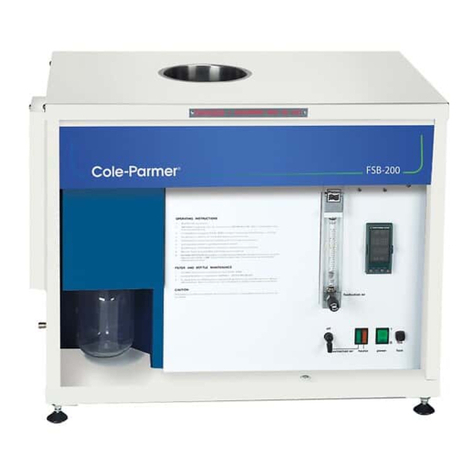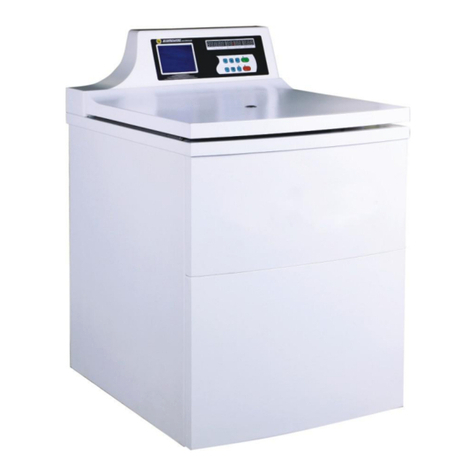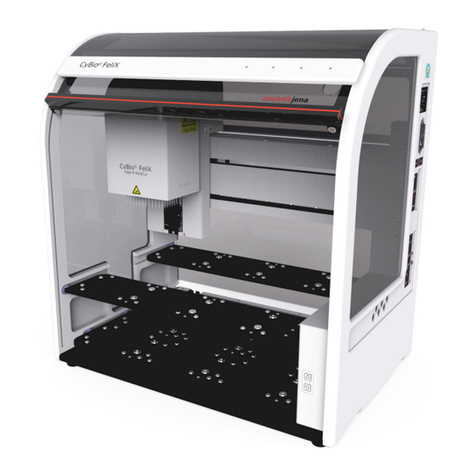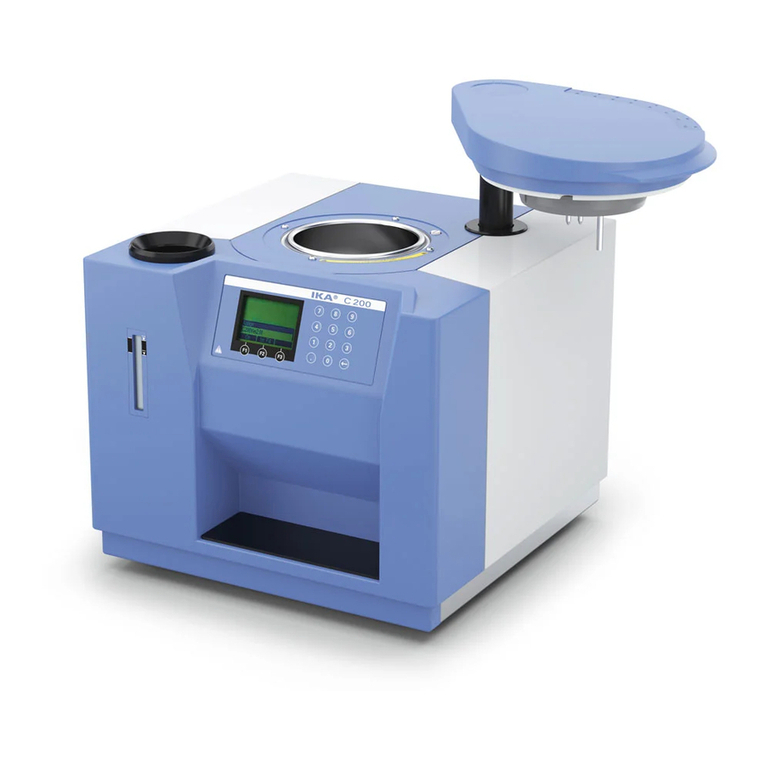
x | Preface
BioTek Instruments
Rev Date Changes
H 5/06 Redesigned the front cover. Removed unnecessary Warranty
information; a Warranty card ships with every instrument. Added
warning to shut down instrument and wait for the fluorescence lamp to
cool down before replacing it. Added the PN for a replacement
fluorescence lamp (7080500).
For models with injectors: Simplified the installation and setup steps for
the Dispense Module. Added recommendation to set a tip prime volume
equal to the per-well dispense volume for volumes < 20 µl.
Updated Absorbance Plate Test instructions related to Peak Wavelength,
to support the modified 7-filter test plate.
Simplified the process for creating Titration Dyes for the Fluorescence
(SF) Sensitivity Test. Added information to the pass/fail criteria table for
the (SF) Sensitivity Test.
Clarified that for models without injectors, the reader’s internal chamber
and optical probes are not user-accessible for cleaning.
Updated the “Error Codes” appendix with recent information.
Additional minor cosmetic changes throughout.
Added/modified instructions throughout to support Gen5™, including:
Chapter 2, Installation - Added instructions for installing software,
establishing communication with the reader, installing/testing dispense
module components.
Chapter 3, Getting Started - Added introductory information for new
Gen5 users.
Chapter 4, Instrument Qualification - Added instructions for performing
the System Test, Absorbance Plate Test, and Dispense Accuracy &
Precision Test.
Chapter 5, Preventive Maintenance - Added instructions for creating the
optional Dispense protocol in Gen5.
I 11/2008 Throughout: Changed product description from “Multi-Detection” to
“Multi-Mode”. Changed “Bio-Stack” to “BioStack.”
Preface: Corrected Service/TAC fax number. Updated the Intended Use
section with respect to IVD labeling. Added cautions for Electromagnetic
Environment and Compatibility. Updated Directives. Added ‘Pinch
hazard’ to Hazards and Precautions. Added ‘Consult Instructions for use’
and ‘IVD’ to Safety Symbols.
Chapter 1, Introduction: In the product introduction section, added note
that Synergy HT basecode software version 2.24 or greater is required
for use with Gen5™. Under ‘Package Contents’ added notice that part
numbers are subject to change over time, and updated part numbers for
the priming plate and tip priming trough.
Chapter 2, Installation: Added section “Product Registration.”
Chapter 4, Instrument Qualification: Modified sample System Test
Report and Absorbance Test Plate Results to reflect more current date
and minimum basecode for Synergy HT to work with Gen5. Absorbance
Liquid Tests section: Liquid Test 3, removed instructions for creating the
rarely used Buffer Solution A. Fluorescence Liquid Tests section: Added
option to use Sodium Borate instead of PBS with sodium fluorescein.





















